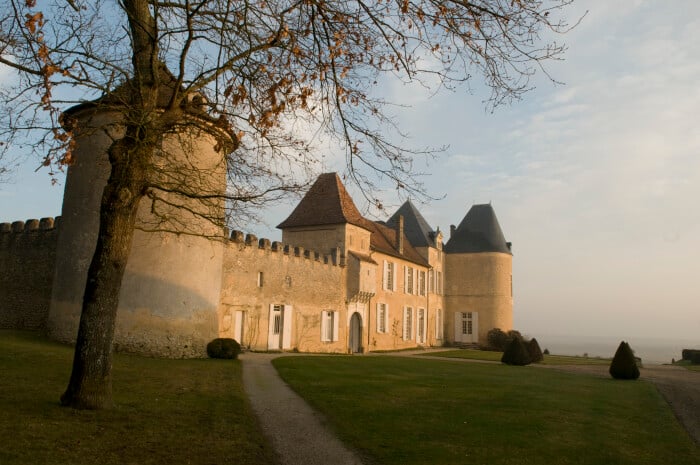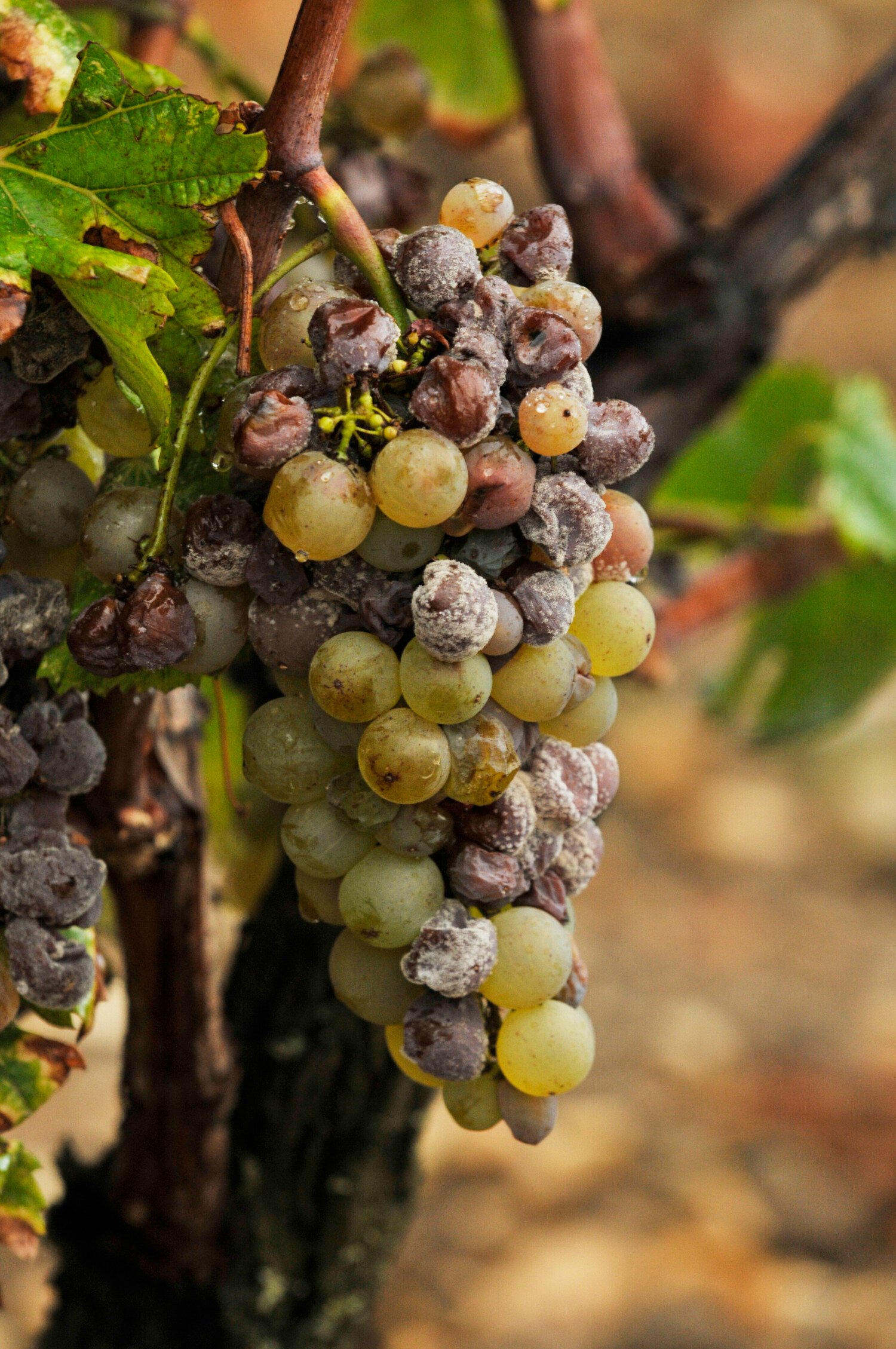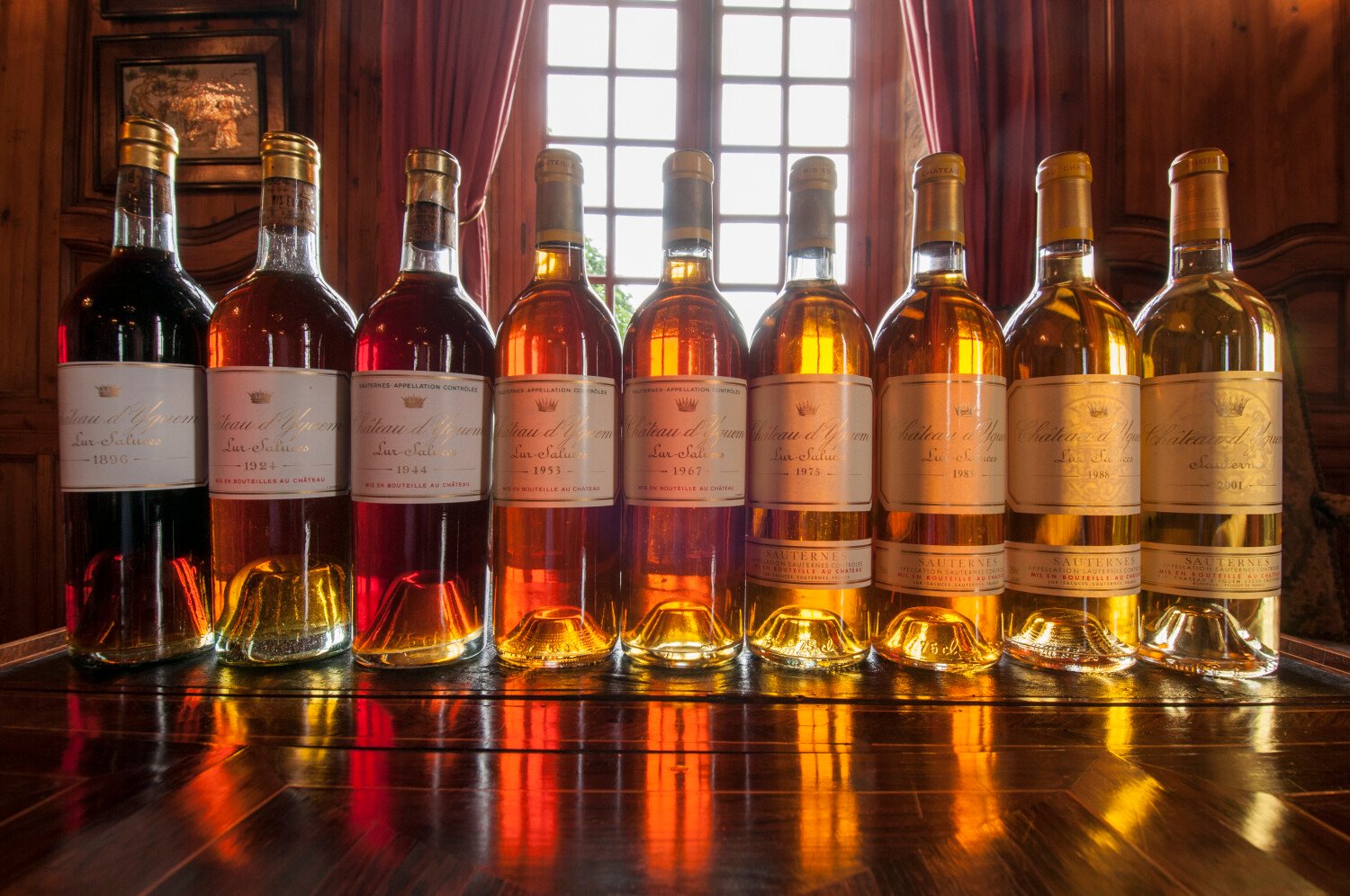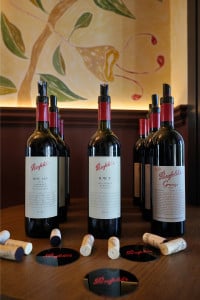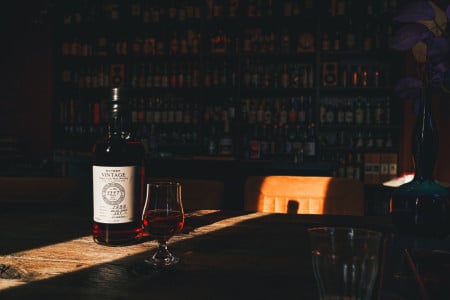7. Yquem's dry white wine
In addition to the well-known sweet wine, Château d’Yqyem also produces a dry white wine: Y d’Yquem (where you pronounce Y as 'ygrec'). This wine has been made every year since 2004 and is also a blend of sémillon and sauvignon with the accent - unlike the sweet wine - on the sauvignon. Since the Sauternes appellation only applies to sweet wines from Sauternes (and Barsac!), The Y is 'only' a Bordeaux blanc. However, this is not a simple wine, but a complex, rich style. The grapes for Y come from the same vineyard but are harvested considerably earlier than those for the Chateau wine, namely to the point that they are perfectly ripe and the noble rot has just reached the grapes.
8. How many bottles of Château d'Yquem are produced annually?
On average, 100,000 bottles of Sauternes are marketed by Château d'Yqyem each year. There are only 10,000 of the Y d'Yquem.
Best of Wines not only sells the younger vintages but also has an extensive selection of older Yquems in its portfolio in both standard format and in half bottles. And what about this incredible double magnum that is still waiting for a new Yquem-loving owner?
9. What is the most expensive bottle of white wine ever sold?
You've guessed it, that most expensive bottle of white wine was a Château d'Yquem. In July of 2011, former sommelier of the top Parisian restaurant La Tour d'Argent, Christian Vanneque, bought a bottle of Yquem dated from 1811 (!!). He paid the astronomical amount of $117,000 for this. That equates to €96,600.00. After his purchase, Vanneque announced that he wanted to drink the bottle for his 50th anniversary as a sommelier. This anniversary should have taken place in 2017. And how the wine tasted after more than 200 years in the bottle? We are just as curious as you are!
10. What are the best vintages of Château d’Yquem?
Yquem is always of exceptional quality, but a number of vintages are seen as sublime. We are talking about 2018, 2017, 2016, 2015, 2014, 2013, 2011, 2010, 2009, 2007, 2005, 2003, 2001, 1997, 1996, 1990, 1989, 1988, 1986, 1983, 1976, 1975, 1967, 1962, 1959, 1949, 1947, 1945, 1937, 1929, 1927, 1921, 1893, 1869, 1847, and 1811.
By the way, in bad vintages it is decided to not produce any Yquem at all. This happened in the years 1910, 1915, 1930, 1951, 1952, 1964, 1972, 1974, 1992, and 2012. The grapes are then sold anonymously to other producers in Sauternes. So it might just be that you have at some point - unknowingly - tasted a 'rejected' Yquem!


